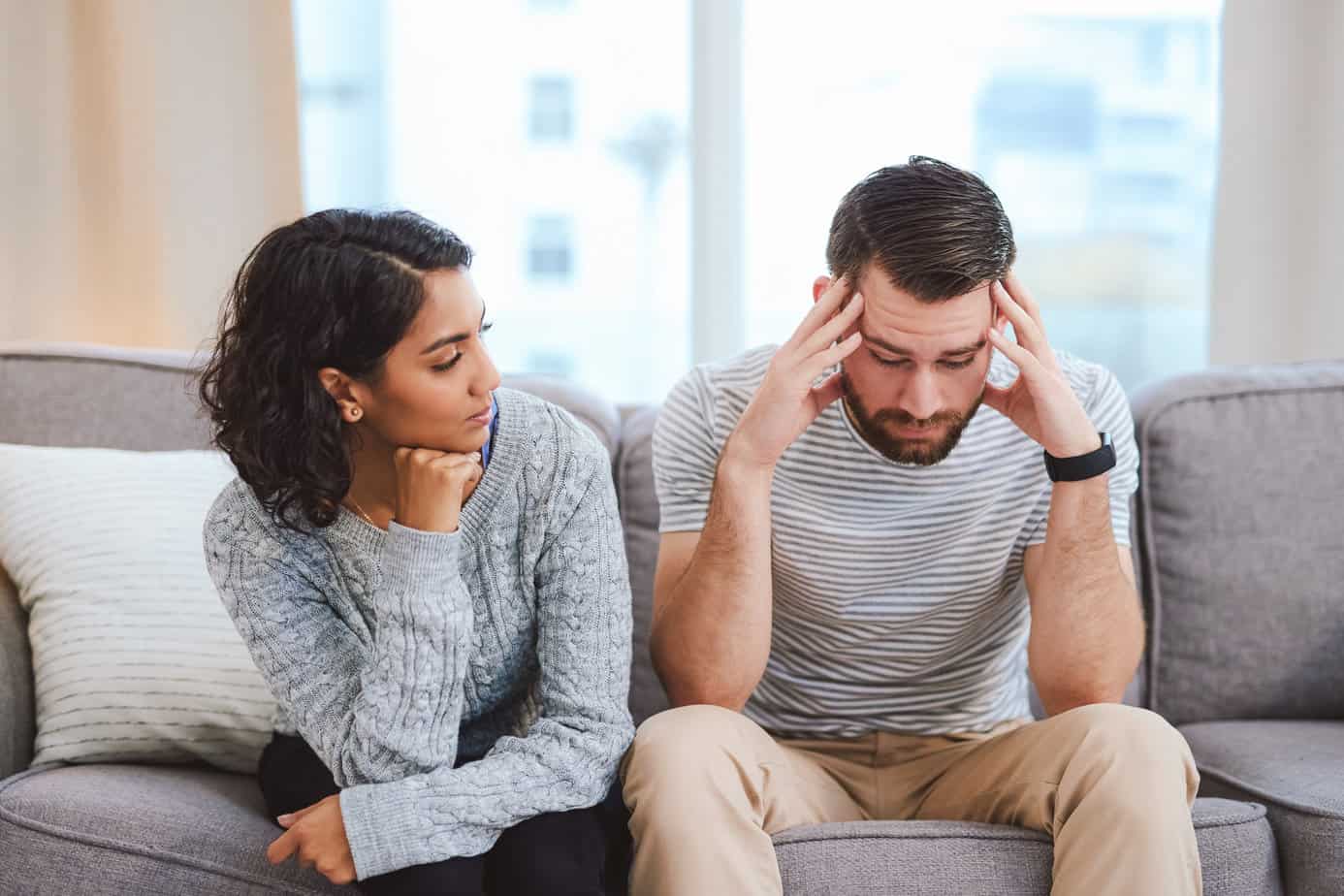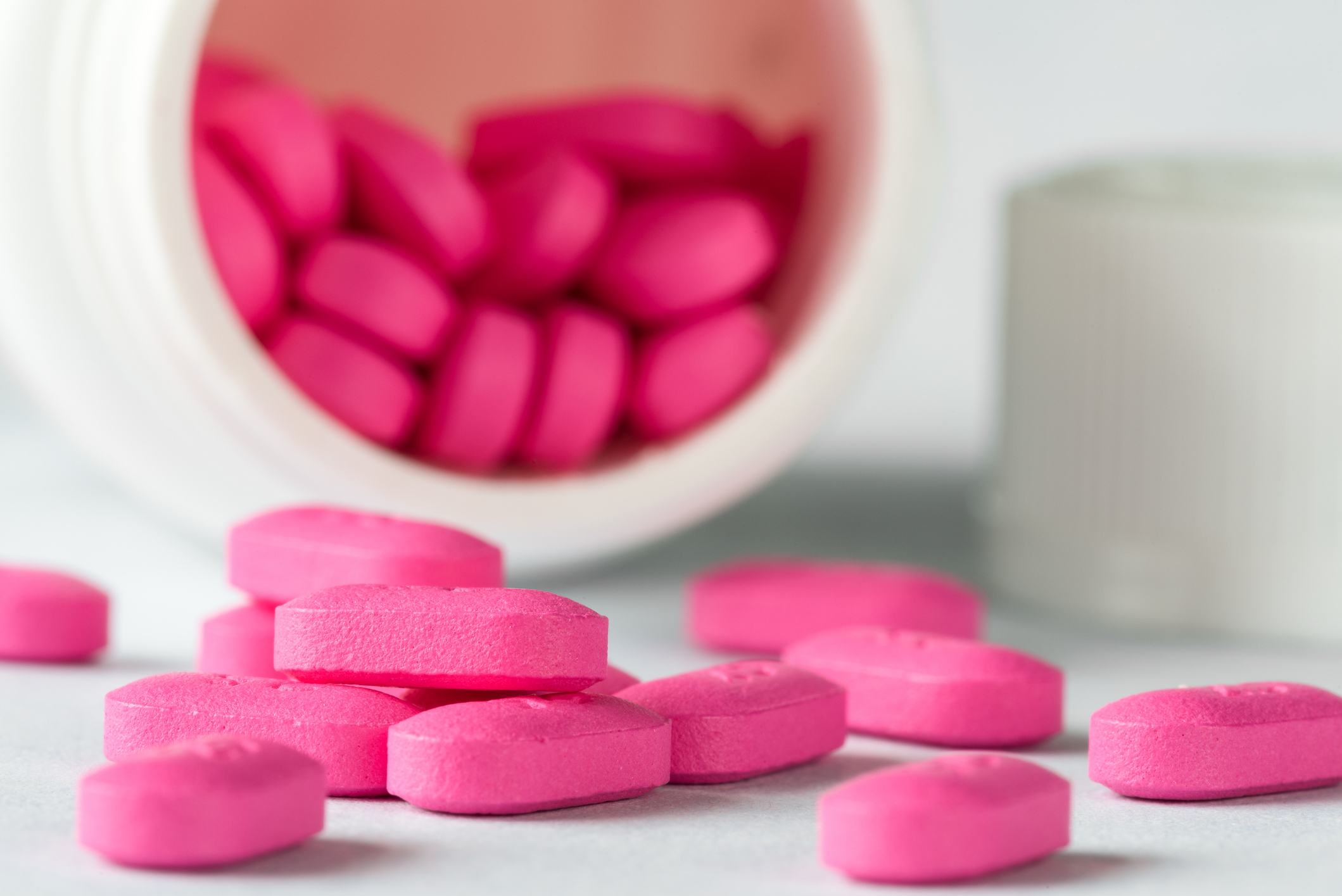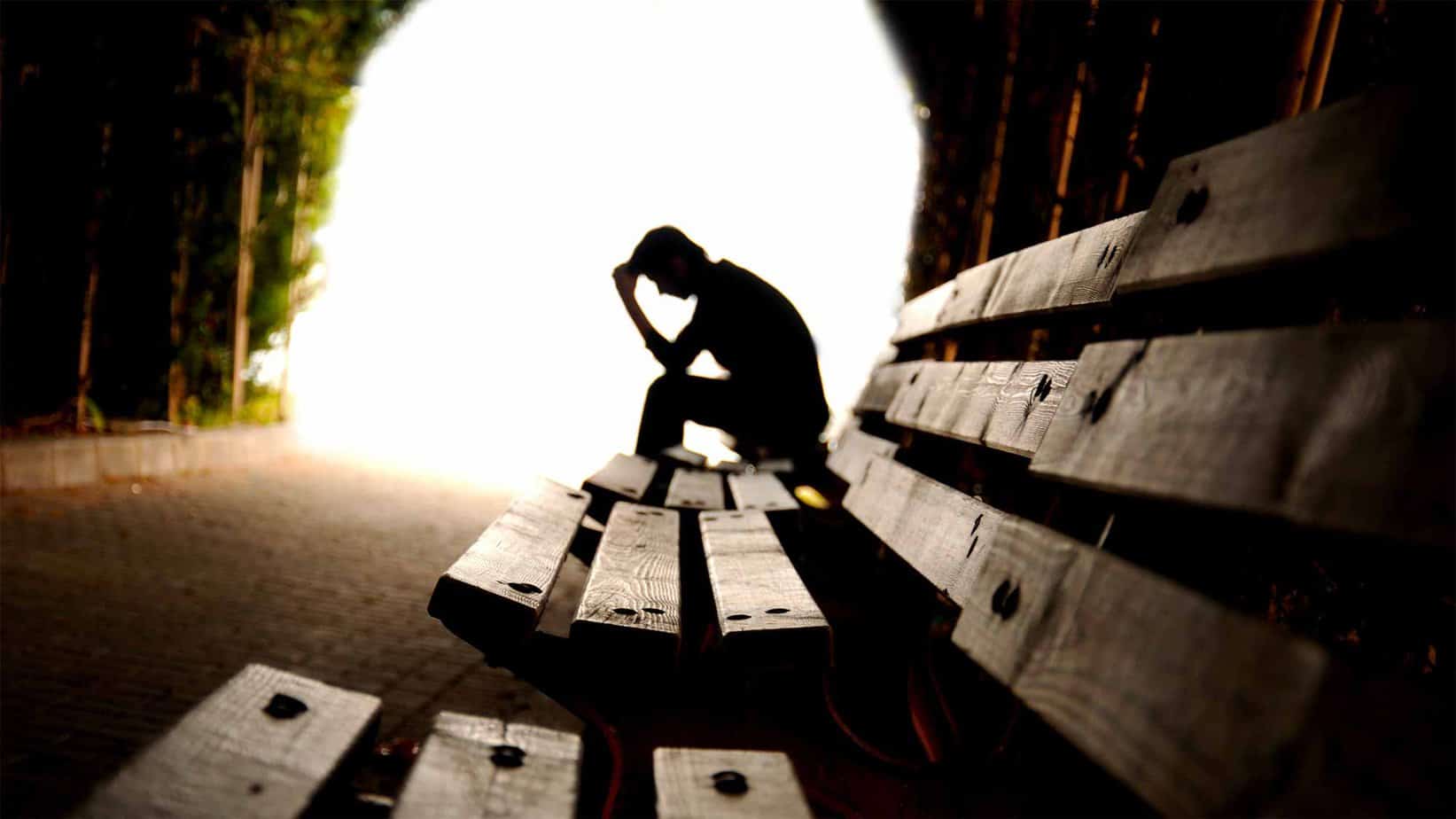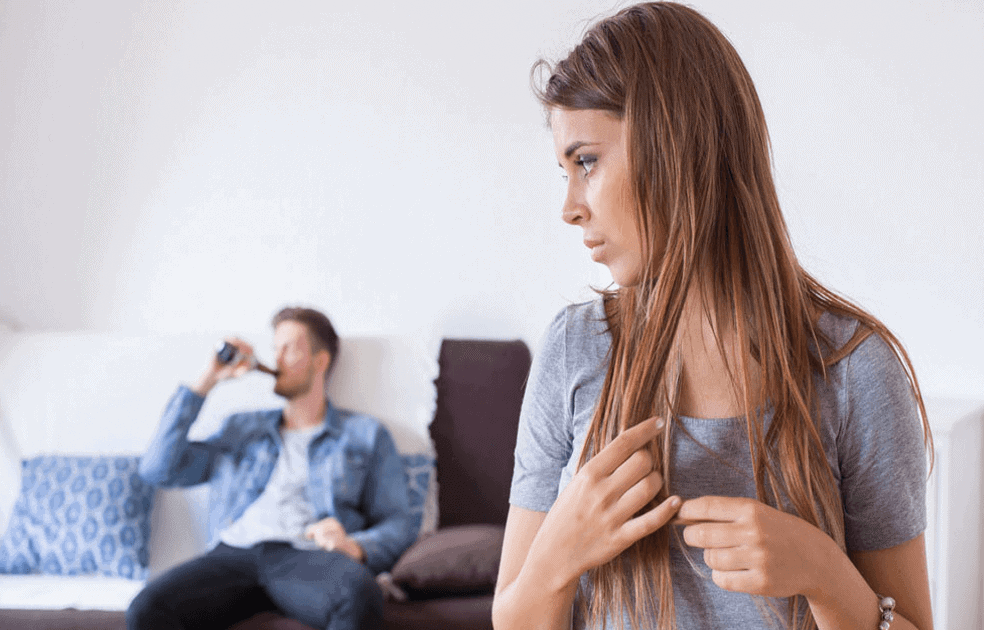Men and women are different – physically, mentally, and emotionally. So, it should come as no surprise that men and women require distinct things when it comes to alcohol and drug addiction treatment. To provide individuals with the best, most effective treatment, it is important to take into consideration the role that gender differences play in addiction.
The Facts About Gender and Substance Abuse
Men
- Start using drugs at an earlier age.
- Abuse drugs more often than women.
- Primarily abuse alcohol, heroin, and marijuana.
Women
- Are more likely to relapse.
- Are less likely to be referred to treatment by a doctor.
- Primarily abuse alcohol and prescription pills.
Common Causes of Addiction in Men
Due to gender expectations, men often feel pressured to suppress their emotions and avoid showing any signs of weakness. From an early age, they are taught that “boys don’t cry,” that they should “toughen up,” and that they need to “get over it.” And according to research by Kent University their inability to freely express their emotions can lead men to experience increased levels of depression. It can also cause high levels of stress, anxiety, and low self-esteem. Rather than seeking help, many choose to act out or self-medicate with drugs and alcohol.
Men’s desire to prove their masculinity can also increase their risk of addiction, as it makes them more likely to engage in dangerous behavior, such as using illicit substances. According to the National Institute on Drug Abuse, because men consume such high amounts of illicit substances, they are more likely to be rushed to the emergency room or die from overdose-related causes.
While stigma is attached to addiction in general, addicted men are less stigmatized than women. Because men are judged less harshly than women, their risk of developing a substance abuse problem increases. Men themselves think about alcohol and drugs in a less negative light. Therefore, men are more likely to consume these dangerous substances in social situations.
Common Causes of Addiction in Women
One of the primary reasons why women begin to use drugs and alcohol is to cope with trauma and mask mental health problems such as depression. Many women have been prescribed prescription painkillers for these issues. The rate of fatal prescription pill overdoses among women rose 400 percent between 1999 and 2010; this rate rose 265 percent for men, by comparison.
According to a study on gender differences, “the beginning of women’s drug-using careers is related more significantly to their relationships with men.” Data shows that women in abusive relationships are significantly more likely to develop an addiction. Also, women who were victims of sexual abuse are particularly at risk of becoming addicted to drugs or alcohol.
Another reason that women are vulnerable to substance abuse is biology. Even though women consume less drugs and alcohol than men, they become addicted at much faster rates. This is partly because women are generally smaller than men, and therefore their bodies feel the effects of drugs and alcohol much faster. Another factor is hormones. According to research, estrogen increases drug cravings and intensifies the effects of drugs and alcohol.
Gender roles imposed by society also play a role in addiction. From an early age, society tells women what they should look like, how they should act, and what is expected of them. While times have changed and women are now powerful members of the workforce, society still expects that women maintain the home and take care of the children. They also feel pressured to keep up with the Joneses and preserve the image of an effortlessly perfect family. In search of the energy and focus to be more productive at work and home, many women turn to stimulants. Others use stimulants to suppress their appetite to measure up to society’s beauty standards.
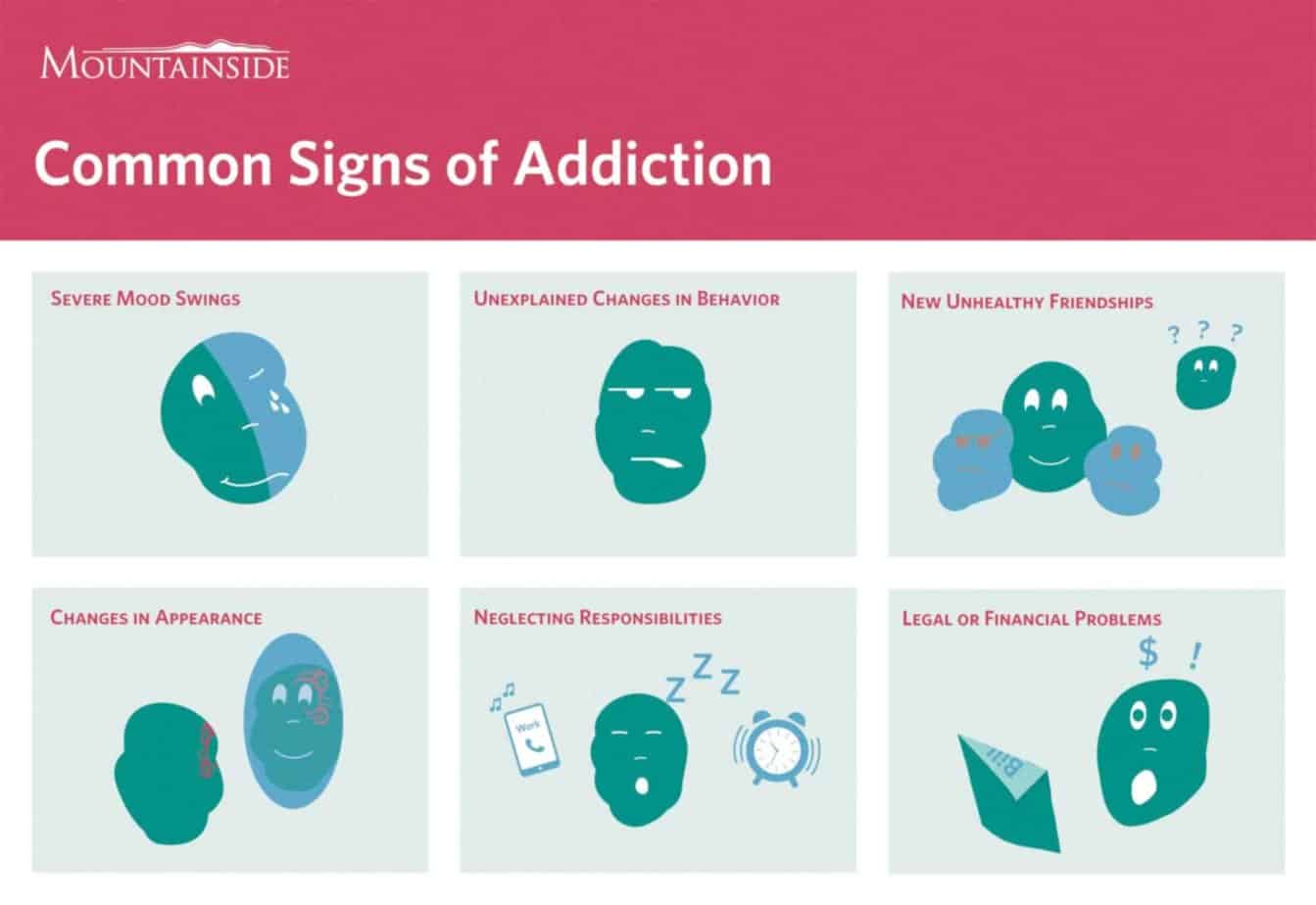
Barriers to Addiction Treatment
Over 23 million people suffer from addiction, yet only a small percentage receive the help they need. While there are several barriers, external and internal, that affect both men and women – such as finances, treatment accessibility, fear, and denial – there are also gender-specific barriers that prevent individuals from seeking and completing treatment.
Men
- Delay seeking treatment due to work obligations.
- Are more likely to enter treatment when mandated by the court, an employer, or a family member.
- Are less likely to admit to mental health problems.
Women
- Delay seeking treatment due to fear of being seen as a bad wife/mother.
- Are more likely to enter treatment after serious complications related to their addiction, such as an overdose.
- Are less likely to invest time in treatment due to family obligations.
Because addiction affects men and women differently, incorporating therapies and services that address gender-specific needs can significantly improve an individual’s chances of long-lasting sustainable sobriety.
Men’s Gender-Specific Addiction Treatment Needs
Since men often have difficulty expressing their emotions and showing any sign of vulnerability, male-only groups are designed to make men feel comfortable, establish a sense of trust, and encourage them to let their guard down.
Aside from gender-focused group therapy, men should incorporate a variety of complementary therapies to help them address gender-specific issues. Some of these wellness therapies include:
Adventure Based Counseling (ABC)
Men often have trouble communicating and asking for help. ABC requires them to work as a team – teaching them communication skills, teamwork, and trust-building skills in an effortless and exciting way.
Anger Management
Bottling up emotions can often lead to anger problems. Anger management provides men with techniques to address and express their anger constructively.
Art Therapy
Men often have trouble sharing their emotions or speaking about past trauma. Art therapy provides men with a simpler way to explore and share their emotions.
Women’s Gender-Specific Addiction Treatment Needs
Because women have often experienced trauma, or are struggling with the pressure to meet society’s expectations, female-only groups are designed to provide women with a nurturing, healing environment that promotes genuine connections, empowerment, and honest recovery.
Aside from gender-focused group therapy, women can significantly benefit from incorporating certain complementary therapies into their addiction treatment program. Some of these wellness therapies include:
EMDR
Eye Movement Desensitization and Reprocessing (EMDR) therapy has an 80 percent success rate with post-traumatic stress disorder and is designed to stimulate the brain’s natural ability to process trauma. This can help women let go of the emotional distress connected to past trauma.
Personal Empowerment
Many women struggling with addiction suffer from low self-esteem and shame. Personal Empowerment allows women to discover their true selves, develop inner strength, and gain a more positive outlook on life.
Yoga
Many women who suffer from addiction have experienced trauma and may be suffering from stress, anxiety, and depression. Yoga can help manage these symptoms.
Overcoming addiction is not easy, but with the right tools and support system, it is possible. Remember guys, there is nothing un-manly about asking for help. Admitting that you have a problem and taking the steps to rectify it takes courage. And ladies, as difficult as it can be to leave your family behind for treatment, know that you are doing it for them. They want you to be the best, healthiest version of yourself and there is no shame in getting help.
If you or a loved one is struggling with addiction, Mountainside can help.
Click here or call (888) 833-4676 to speak with one of our addiction treatment experts.

 By
By 


